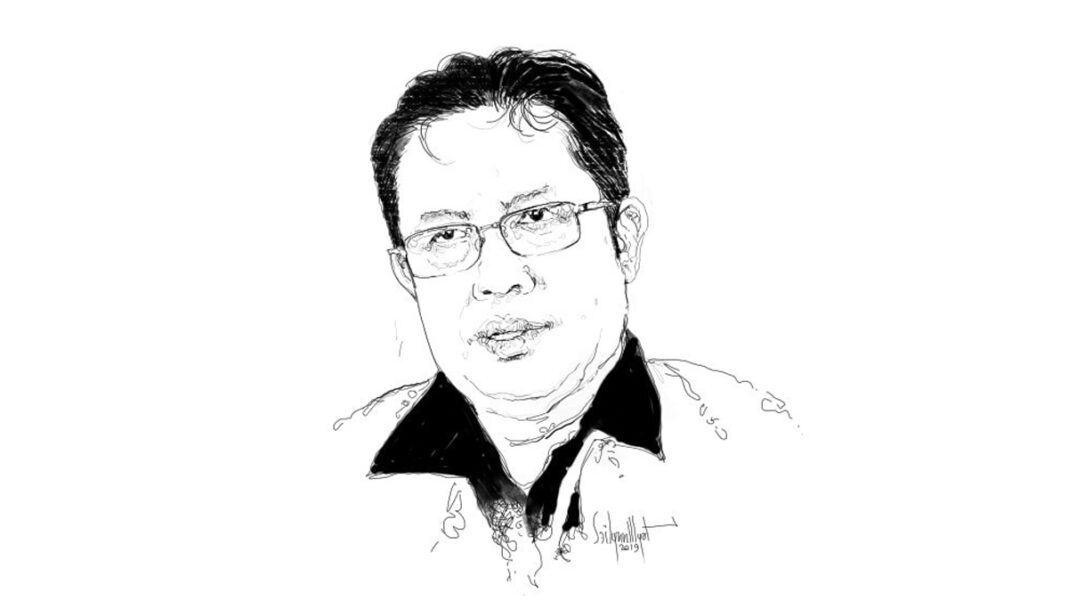Sun Tzu, a Chinese military strategist and philosopher, once stated that “the supreme art of war is to subdue the enemy without fighting.” Could this principle be applied to the strategy that the Shan armies are using? The two Shan armies – the Restoration Council of Shan State/Shan State Army (RCSS/SSA) and the Shan State Progress Party/Shan State Army (SSPP/SSA) have been silent in their war against the Myanmar military junta which seized power in a coup in February 2021.
However, it must be noted that the notion of winning without waging a war requires rigorous strategic preparation that includes both internal and external strategies. It needs a grand strategy that determines when and how to employ tactics in different situations. Without such a strategy, only relying on recruiting new soldiers might lead to disaster.
Thus, militarism must not be used to solve the situation. The methods used by northern Shan State groups, particularly the Ta’ang National Liberation Army (TNLA) and the Myanmar National Democratic Alliance Army (MNDAA), to administrate the territories taken during the 1027 Operations are not ideal for the establishment of a stable society.
Therefore, those groups that seized new territories lacked the legitimacy to establish control and governance without the consent of local populations. Moreover, it is certainly inappropriate with modern political discourse.
So, if they seek effective governance, they must adhere to democratic principles with the consent of the local populace, particularly native communities. This approach will be the only way to a truly peaceful community.
If they were unable to capture the hearts of the people, they would undoubtedly fail to rule the territories. More importantly, they are unlikely to administrate the territories captured from the military junta because they lack the capacity to negotiate with the junta.
This is because the military junta had lost only small ones, not the strategic command headquarters such as the Eastern Command in Taunggyi, the Central Command in Kolam, and the Triangle Command in Kengtung remain undefeatable. Consequently, the junta retains negotiation leverage over ethnic armed groups, especially since these groups lack unity. For example, ethnic armed groups (EAOs) have interacted with the military on their own, pursuing their own interests. The Wa, Pa-Oh, Palaung, Kokang, and Shan armies have all dealt with the junta separately.
According to reports, the Three Brotherhood Alliance (3BHA) and the military will meet soon, with China serving as the mediator. The issue is whether China will continue to mediate if three BHA members—the TNLA, the MNDAA, and the Arakan Army (AA)—continue to seize territory and install their nationalist administrations.
“China may be the only entity capable of handling the Myanmar situation,” Sao Harn Yawnghwe, an influential figure and son of Myanmar’s first president Sao Shwe Thaike once said.
However, taking into account that each group has been dealing with China separately, this strategy is unlikely to resolve the problem. Therefore, in order to develop a lasting solution, a unified front and a common approach among all groups are necessary.
In addition, given the complexity of Myanmar’s difficulties, it is clear that China alone cannot address them. Similarly, neither ASEAN nor the United States can solve such a complex problem alone. So, to achieve enduring peace in Shan State or Myanmar as a whole requires unity among every community in the country.




